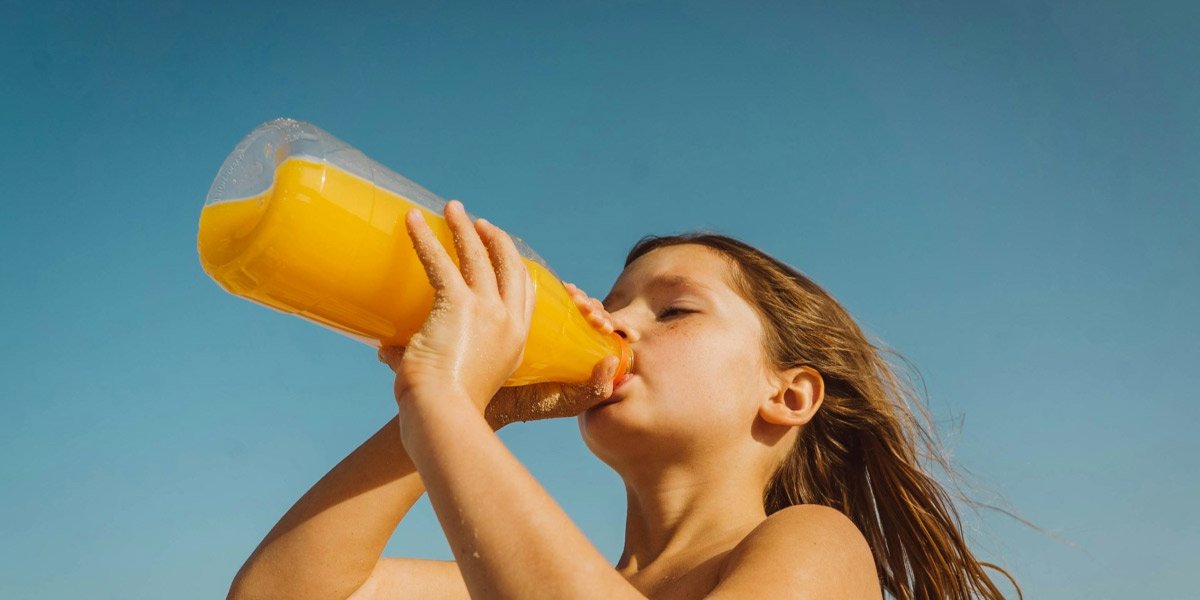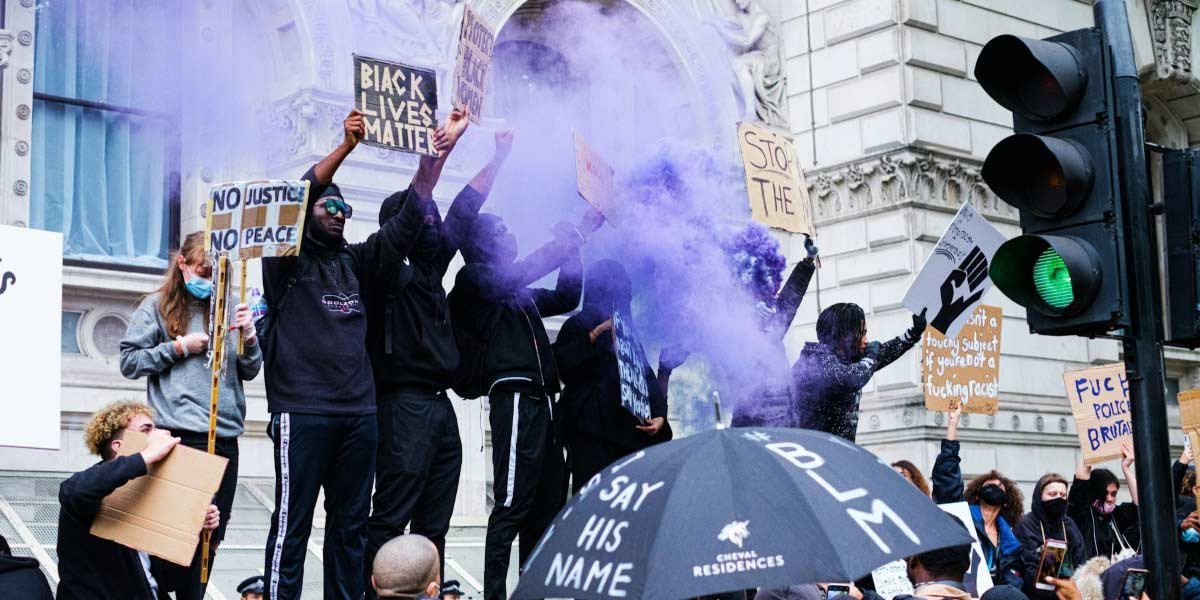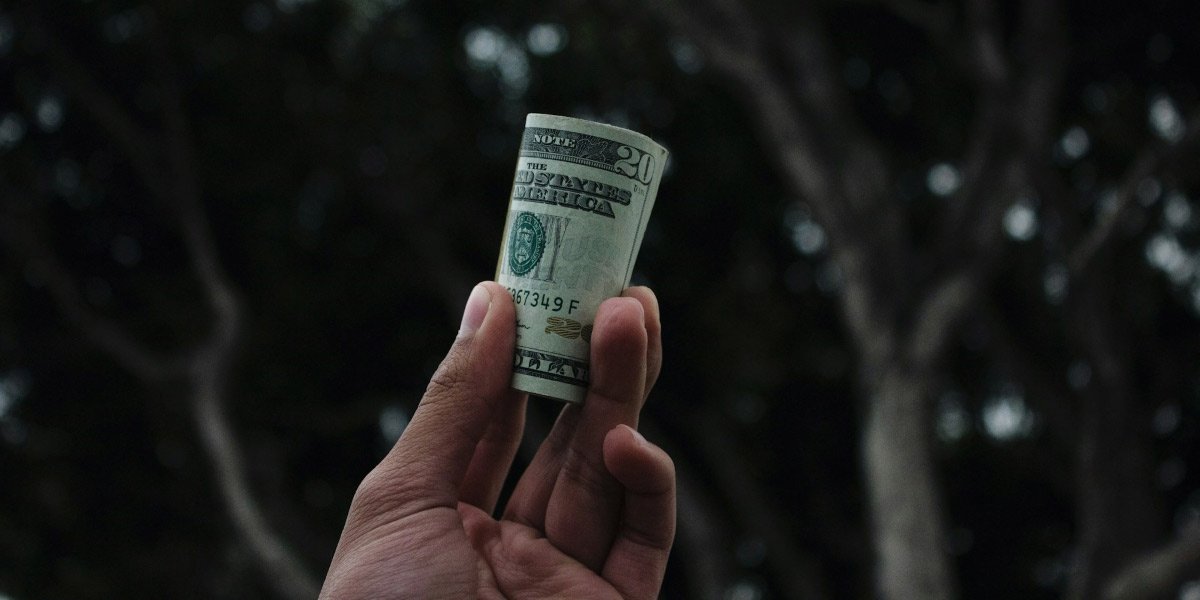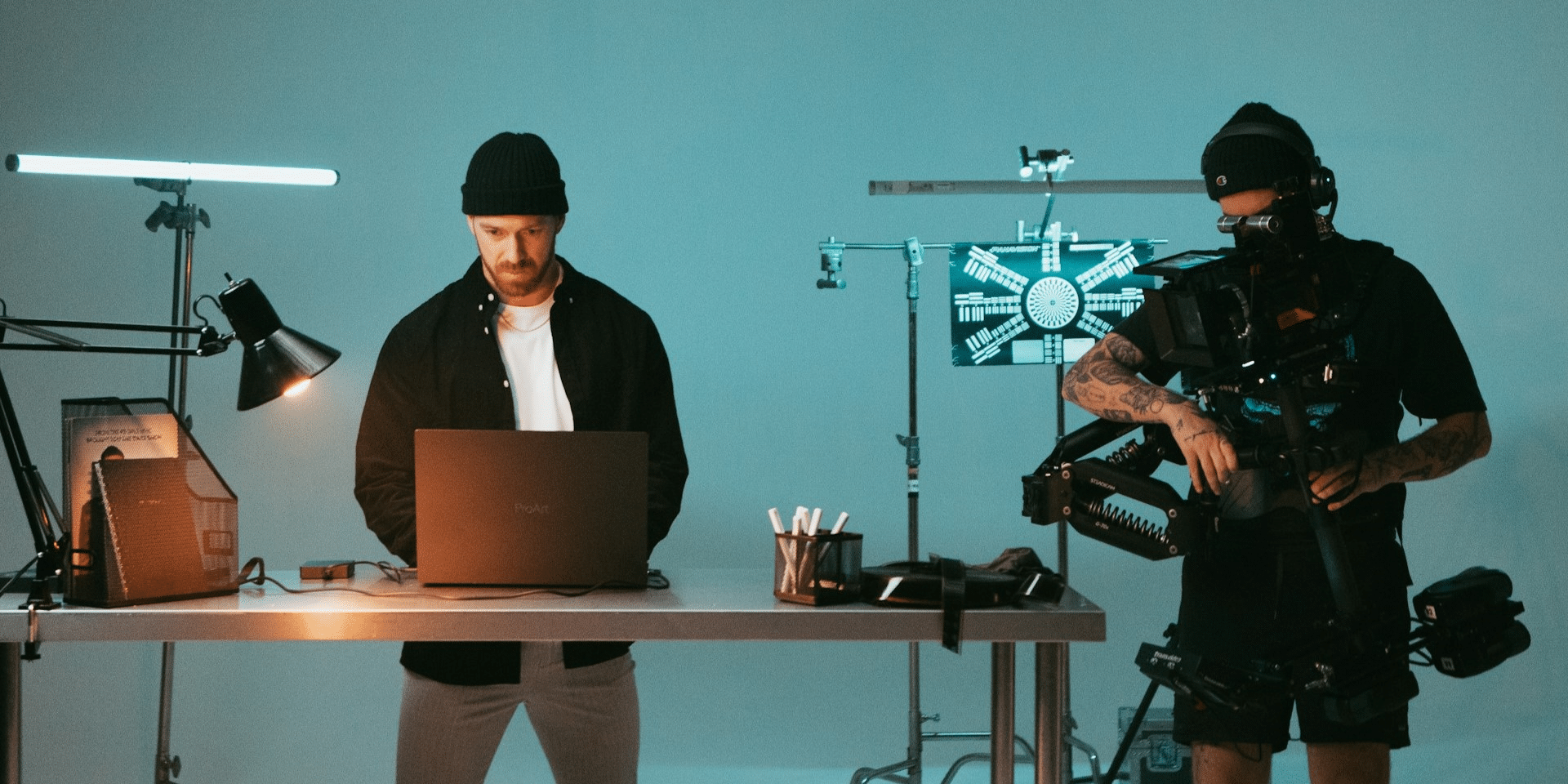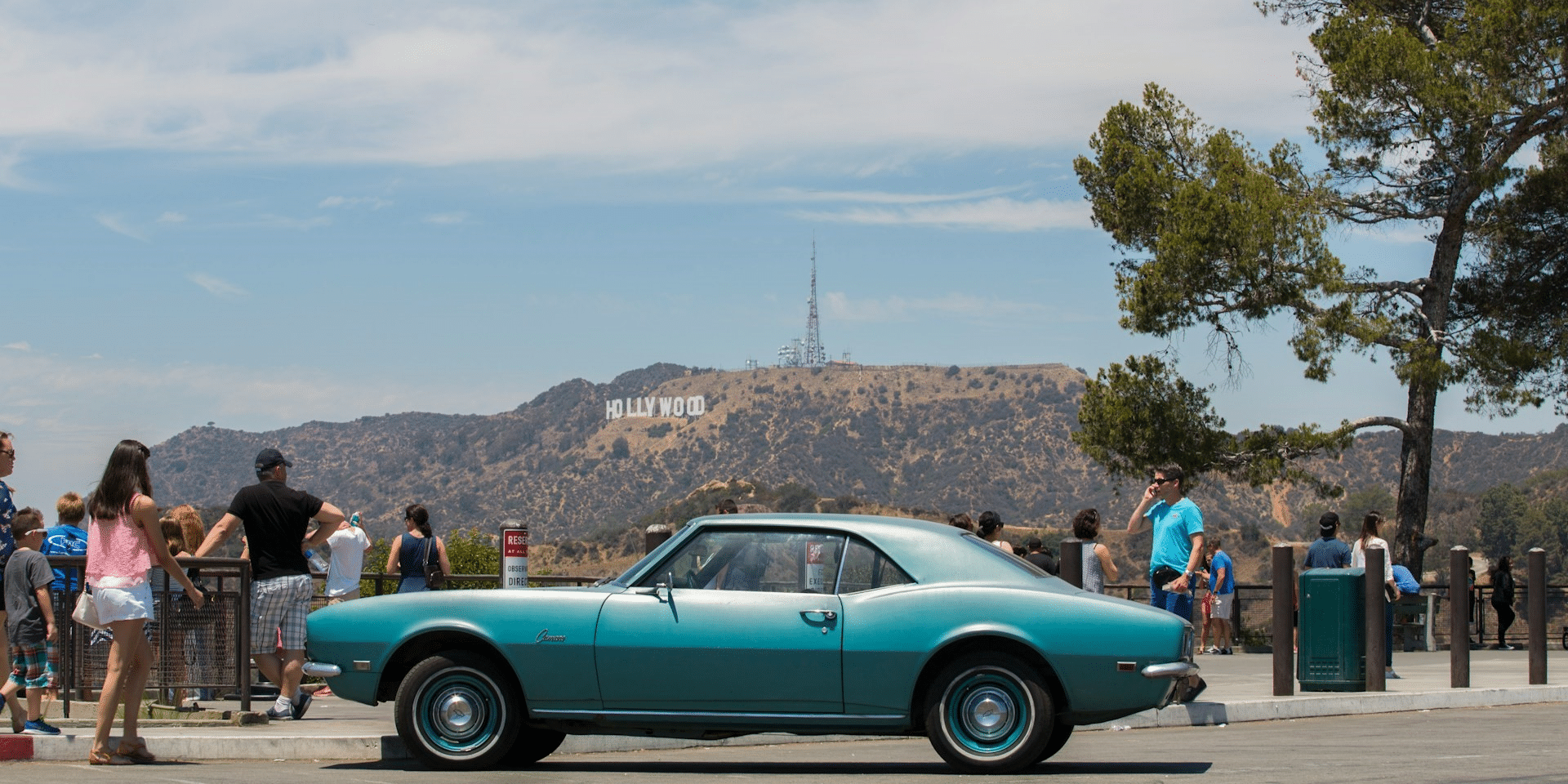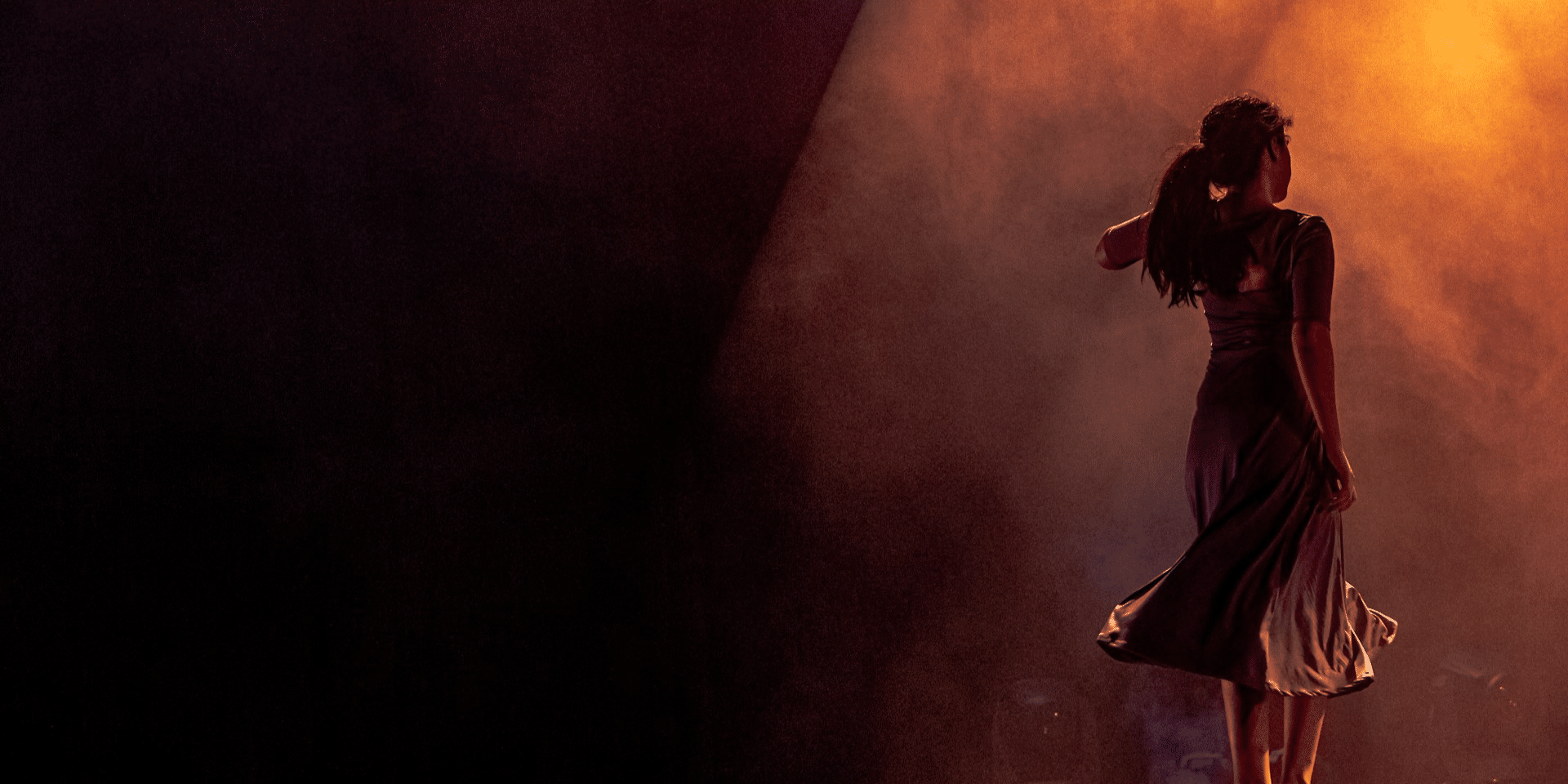The film industry is undergoing a significant transformation, largely due to the advent of artificial intelligence (AI). AI-driven production technologies are reshaping how films are made, from the writing and pre-production phases to post-production and marketing. These technologies are creating new opportunities for creativity, efficiency, and storytelling, while also raising important ethical and practical concerns.
AI-driven production refers to the use of artificial intelligence technologies—such as machine learning, deep learning, computer vision, and natural language processing—in various stages of film production. These tools are automating and enhancing tasks that traditionally required human labor, from scriptwriting and casting to visual effects (VFX) and editing.
The rise of AI in Hollywood is not a sudden development; it has evolved over the past few decades, initially being used for special effects, CGI, and post-production. In recent years, however, AI has expanded its role, increasingly influencing the creative and operational aspects of filmmaking. While AI-driven production offers numerous advantages, it also introduces new challenges that filmmakers must navigate.
Read also: Why Choosing the Right Editor is Crucial for Your Production
Key Technologies Behind AI-Driven Production
Several core technologies make AI-driven production possible in Hollywood. These advancements are improving the quality, speed, and cost-efficiency of film production, while also enabling new forms of creative expression.
Motion Capture and Performance Capture
Motion capture (MoCap) and performance capture are essential tools in AI-driven production. MoCap allows for the recording of an actor’s movements, which are then translated into a digital character. This technology has been crucial in creating realistic CGI characters, such as Gollum in The Lord of the Rings or Thanos in Avengers: Infinity War. Performance capture goes a step further by recording an actor’s facial expressions and emotions, which are applied to digital characters, ensuring a lifelike and expressive performance.
Artificial Intelligence and Machine Learning
Machine learning and AI algorithms enable the automation of complex tasks such as script analysis, video editing, and visual effects. AI can assist in story generation, optimize production schedules, and even predict the success of a film based on historical data and audience preferences. By learning from vast amounts of data, AI tools improve over time, making them increasingly effective in decision-making processes and creative applications.
Voice Synthesis and Deep Learning
AI-powered voice synthesis technologies enable filmmakers to create realistic digital voices, enhancing the portrayal of characters in animated films or virtual reality (VR) experiences. Deep learning algorithms can mimic human speech patterns, making digital voices sound natural and expressive. This technology is already being used to recreate voices of deceased actors or to generate entirely new voices for animated characters.
Real-Time Rendering and Virtual Reality (VR)
Real-time rendering technologies allow filmmakers to visualize digital environments instantly, reducing the time and costs associated with traditional CGI. AI-driven VR and augmented reality (AR) are enabling immersive experiences, where digital characters interact with real actors or viewers in real-time. These technologies have opened up new possibilities for storytelling, creating dynamic and interactive narratives that were not possible with traditional filmmaking techniques.
AI in Pre-Production
AI is making its mark long before the cameras start rolling. From scriptwriting to casting, AI tools are transforming pre-production, streamlining processes and offering new creative possibilities.
Scriptwriting and Storytelling
AI-driven tools are being used to help with scriptwriting, offering writers suggestions for plot twists, character development, and dialogue. Programs like “ScriptAI” analyze patterns from thousands of successful films and can generate ideas or even whole scripts based on specific genres or themes. While AI isn’t yet at the level of creating fully original, award-winning scripts, it helps writers explore different ideas and refine their work.
Casting and Character Development
AI is also being used to assist in casting decisions. By analyzing an actor’s past roles, audience reception, and physical traits, AI algorithms can recommend the best candidates for specific roles. Furthermore, AI can be used to develop digital characters and avatars, which could potentially be cast in films, replacing the need for human actors in certain situations, especially for dangerous stunts or specific creative needs.
Budgeting and Scheduling
AI-powered software can optimize production schedules and budgets by analyzing data from past productions. These tools can forecast costs, identify potential delays, and suggest adjustments to keep the project on track. This automation reduces the need for human intervention and improves the efficiency of managing large-scale productions.
AI in Production
AI’s impact on production itself is undeniable, as it helps streamline various aspects of filmmaking, including cinematography, special effects, and editing.
Virtual Cinematography and Camera Work
AI is making cinematography more precise by automating camera movements and adjusting shots in real time. AI-driven systems can optimize camera angles, focus, and lighting to achieve the desired effect, allowing cinematographers to experiment with new visual styles. This technology also assists with complex camera work in action sequences or CGI-heavy scenes.
Special Effects and CGI
AI has transformed the world of visual effects, enabling faster and more realistic CGI. AI algorithms help generate complex environments, simulate realistic movement, and add intricate details to digital scenes. This technology reduces the need for manual labor in VFX and makes high-quality CGI more accessible to filmmakers with smaller budgets.
AI-Powered Editing and Post-Production
AI is revolutionizing editing by automating many aspects of the process. AI can help with scene selection, organizing footage, color grading, and even sound synchronization. Tools like Adobe Sensei use AI to recognize patterns in footage and suggest edits, speeding up the editing process and freeing editors to focus on the creative aspects of their work.
Impact on Hollywood’s Workforce
The rise of AI in Hollywood has profound implications for the industry’s workforce. While some roles are becoming more automated, new opportunities are also emerging.
Job Creation in AI Development
As AI technologies become more integral to filmmaking, there is an increasing demand for AI engineers, data scientists, and machine learning experts. These professionals work alongside filmmakers to integrate AI into production workflows and develop new AI tools.
Job Displacement and Automation
Despite the job creation in AI development, some roles in the industry may be displaced by automation. For example, certain tasks in editing, sound design, and VFX could become fully automated, reducing the need for human labor in these areas. However, AI is seen more as a tool that assists human creativity rather than replaces it entirely.
Collaboration Between Humans and AI
Rather than replacing humans, AI is enhancing the role of filmmakers, allowing them to focus on more creative aspects of production. AI tools can handle tedious and time-consuming tasks, leaving directors, writers, and editors with more time to refine their vision and push artistic boundaries.
Ethical Considerations and Controversies
The increasing use of AI in filmmaking raises several ethical concerns.
Creative Ownership and Authorship
AI’s role in scriptwriting and character creation leads to questions about creative ownership. If an AI generates a script or character, who owns the rights to the creation? Can a digital character or AI-generated performance be considered an original creation, and who gets credited for it?
The Role of Deepfakes in Hollywood
Deepfake technology, which uses AI to manipulate video footage, has become a controversial tool in Hollywood. While it has been used to recreate the likenesses of deceased actors or digitally de-age performers, it raises ethical concerns about consent and the potential for manipulation in film and media.
Bias in AI Algorithms
AI algorithms are only as unbiased as the data they are trained on. If an AI system is trained on biased or incomplete data, it may inadvertently reinforce stereotypes or exclude certain groups from representation. Ensuring diversity in the data and the AI development process is critical to avoiding these issues.
Read also: How Do Sponsorships Help Film Productions?
The Future of AI-Driven Production in Hollywood
As AI continues to evolve, its role in Hollywood production will only expand.
AI’s Role in the Evolution of Filmmaking
In the coming years, AI is likely to play an even greater role in all aspects of filmmaking. AI-driven tools could assist in everything from scriptwriting to post-production, further streamlining the creative process. AI will continue to provide filmmakers with new opportunities to experiment with storytelling, special effects, and immersive experiences.
Enhanced Audience Experience
AI will also enhance the audience experience, with new possibilities for interactive and personalized content. AI could power dynamic narratives in films, where the plot changes based on the viewer’s choices, or even create customized movie experiences for individual viewers based on their preferences.
AI-driven production is undoubtedly transforming Hollywood. From enhancing creativity and efficiency to reshaping the workforce, AI is revolutionizing the filmmaking process. While the rise of AI presents exciting opportunities, it also introduces new challenges that the industry must address. As technology advances, the role of AI in Hollywood will continue to grow, opening up new possibilities for filmmakers and redefining the future of entertainment.



